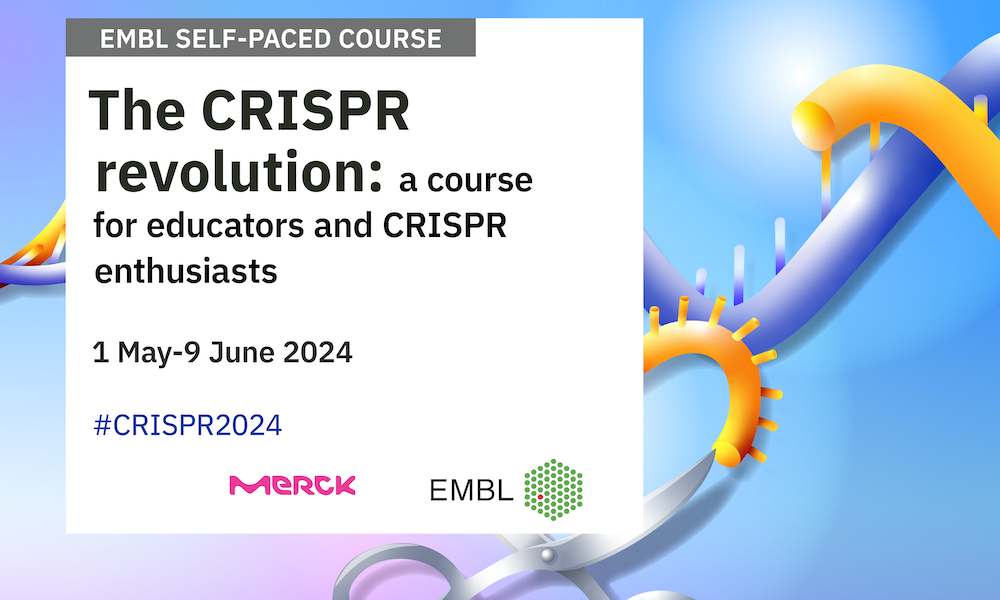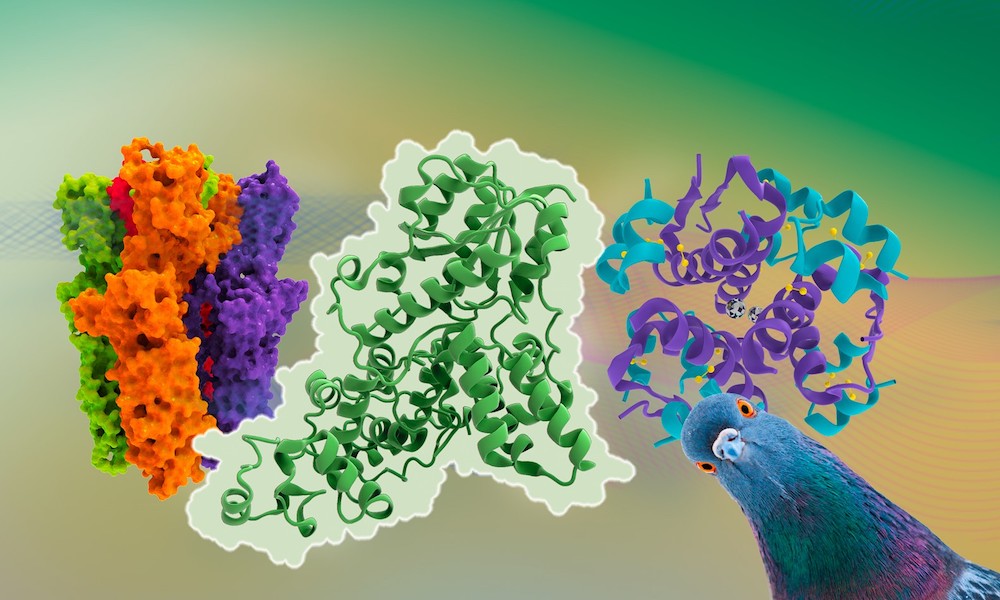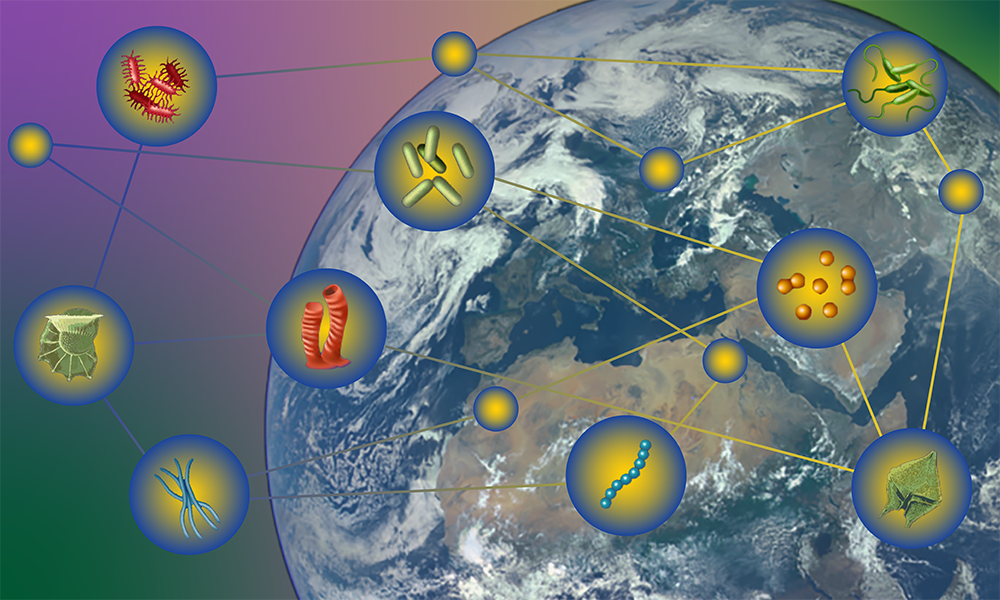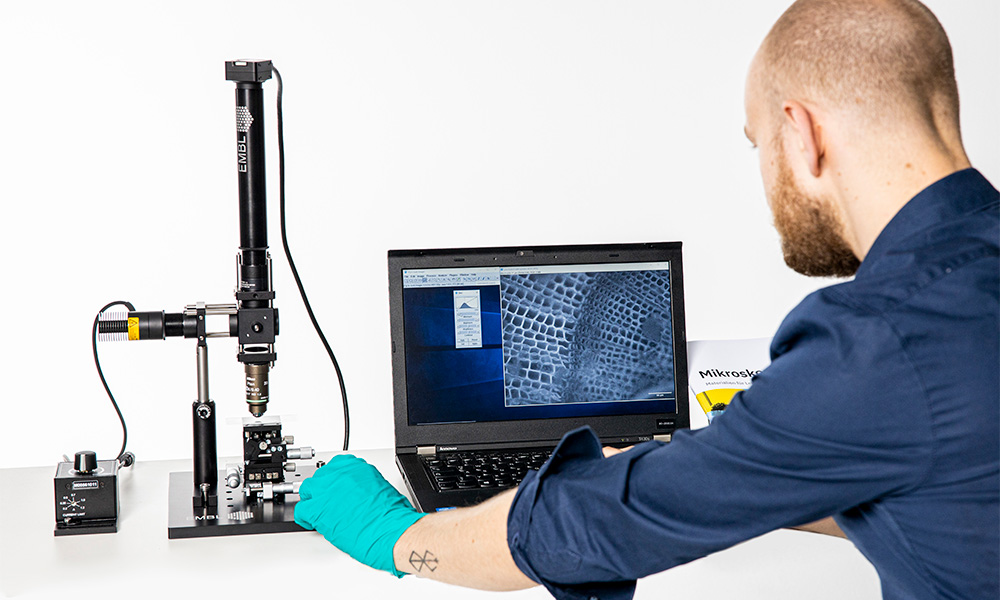
Is this the last decade of antibiotics?
ELLS Guest Blog by Kanchan Anand

The WHO’s Assistant Director-General for Health Security, Dr. Keiji Fukuda, stated recently: “Effective antibiotics have been one of the pillars allowing us to live longer, live healthier, and benefit from modern medicine”. At one or the other time, directly or indirectly, we all have been exposed to antibiotics. We also know about the use or abuse of antibiotics, e.g. by over-prescription or by attempts to maximize profit in livestock farming. The result is that a growing number of bacteria are increasingly becoming resistant to antibiotics. Antibiotic resistance in general is not new. Certain reports claim that shortly after Sir Alexander Fleming discovered the first antibiotic, penicillin, by chance in fungal mould in 1928 that some resistant strains developed. After this initial discovery, hundreds of chemically enhanced antibiotics have followed that were effective against the toughest infections. However, the situation has changed and there are millions of deaths worldwide each year, most of which are associated with patients acquiring antibiotic-resistant infections. According to Prof. Hugh McGavock (University of Ulster, UK), almost all antibiotics will become unusable in the next 10-15 years. So, is this really the last decade of antibiotics?

It is predicted that even the last effective antibacterial drug, Vancomycin, will soon defeat its purpose. It is no surprise that Vancomycin-resistant bacteria have already been identified. Antibiotics only treat bacterial infections. They are useless against viral infections (e.g. the common cold) and fungal infections (e.g. ringworm). Research suggests that antibiotic prescription against most sinus infections may be ineffective and the use of antibiotics may not be of any benefit. The race to develop new antibiotics, whether it is the development of a completely new class of antibiotics or a change in guidelines to approve new drugs, lags much behind the speed with which bacteria acquire resistance. The rapid evolution of bacterial resistance in turn gives scientists lesser time to discover or create new types of antibiotics. The logical implication of this situation is that in the future an infection could be a point of no return; meaning that for example, surgical operations will be difficult to perform – as most of them rely on antibiotic prophylaxis on the site of surgery. The accessibility of the “last resort of antibiotics” would either become selective or unaffordable for the common public. Since there are already many ineffective antibiotics around, pharmaceutical companies are trying to produce new types of antibiotics that are modelled on the immune system but scientists fear that soon bacteria will become immune to even these drugs and the body’s natural defense lines will be weakened. Therefore, there is an urgent need to develop a strategy to deal with the upcoming scenario. It will be even more important to understand the mechanisms that allow bacteria to develop resistance. One of the well understood pathways include molecular pumps that flush the antibacterial drug out of the bacteria or enzymes that modify or metabolize the antimicrobial drug. One less understood mechanism is the use of sub-optimal concentrations of antibiotics. This leads to the incomplete removal of infection, finally leading to colonies of bacteria where bacteria “sleep” in a non-infectious mode just to “wake up” anytime – making it no different than a ticking bomb. Thus, apart from the fundamental research in developing new antibiotics, there should be a limit to the uncontrolled use of available antibiotics; and when prescribed by doctors, patients should complete the full prescription even if they feel better after the first few doses.
In future it will become more important to identify the “infection type”, meaning that health care workers have major responsibility to prescribe the right antibiotic and only when it is truly needed. Policymakers can help regulate and promote the appropriate use of antibiotics. Unless significant actions are taken to improve efforts either to prevent infections or to change how we produce, prescribe and use antibiotics this might indeed become the last decade of using the “leftover antibiotics” that are currently effective.
Information about the author: The author is a protein x-ray crystallographer. Although her main interest is in viral proteins, she is working on structural aspects of several different proteins that are therapeutic targets.



